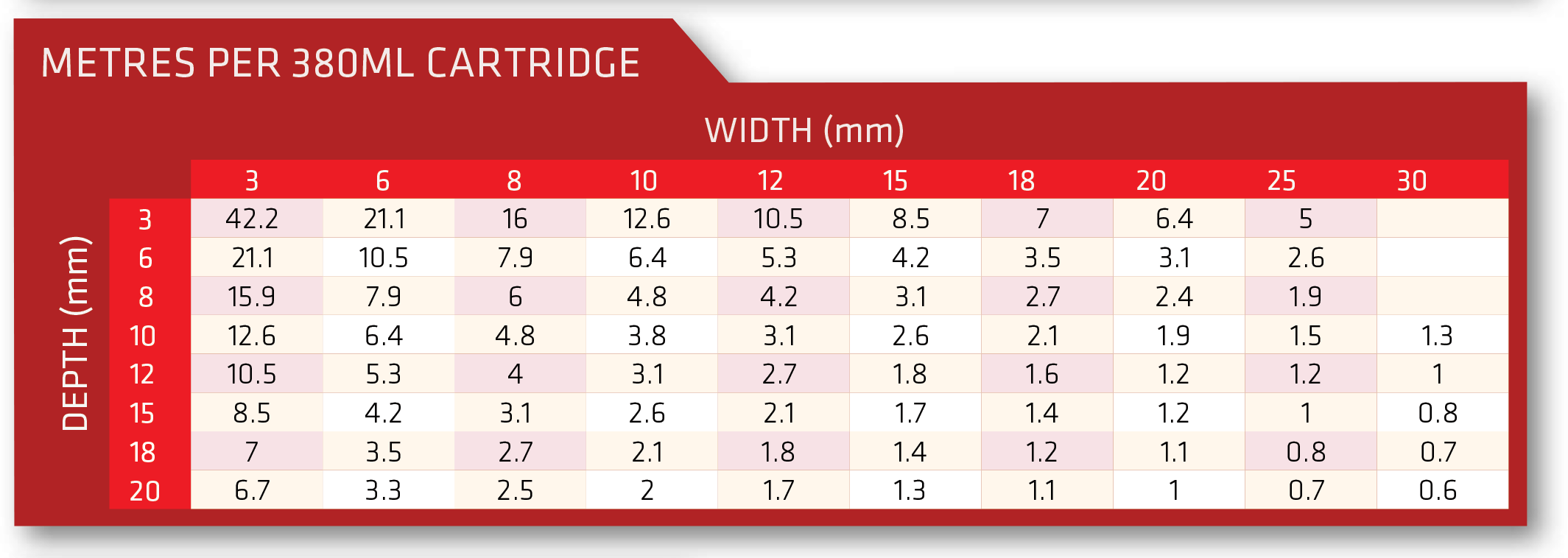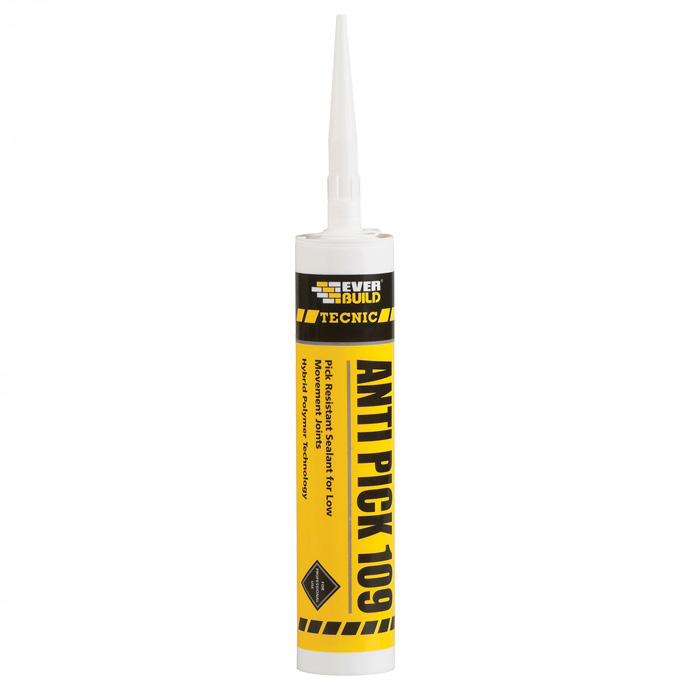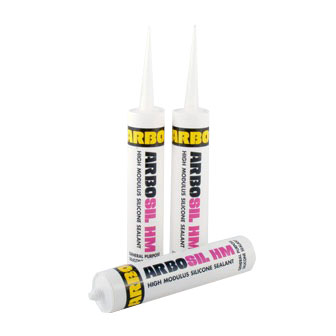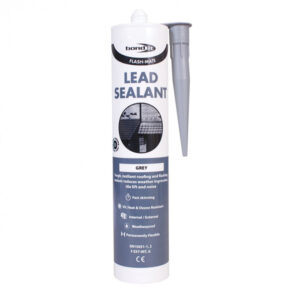- Product ID: 25434
- Suitable For: bonded, unbonded, and floating screeds
- Area of use: INT & EXT
- Application Method: float
- Time to full cure: 24 hours
- Volume: 20kg
- Container Type: bag
- Type: screed
- Brand: Ardex
- Manufactuer: Ardex
- Box Size: 1
ARDEX A 29 is a specialized cement designed for creating rapid-hardening floor screeds suitable for both internal and external applications. This innovative screed allows for the installation of ceramic tiles as soon as 24 hours after application, while natural stone and resilient floor coverings can be installed within 7 days. Ideal for a range of screeding needs, ARDEX A 29 can be used to produce bonded, unbonded, and floating screeds. When mixed at a ratio of 1:7, it meets the demands of most standard screeding situations and has been tested to pass the BRE Screed (ISCR) criteria after just 24 hours, with testing conducted on a 50mm unbonded screed at 20°C.
Key Points:
- Rapid Hardening: ARDEX A 29 allows for the installation of ceramic tiles within 24 hours and natural stone or resilient floor coverings within 7 days, enabling quicker project turnaround.
- Versatile Application: Suitable for both internal and external screeding applications, ARDEX A 29 can be used to create bonded, unbonded, and floating screeds.
- Standard Mix Ratio: A mix ratio of 1:7 is effective for most screeding situations, providing flexibility for various screeding requirements.
- Proven Performance: Tested to pass the BRE Screed (ISCR) standards after 24 hours, ARDEX A 29 demonstrates reliable performance even with a 50mm unbonded screed at 20°C.
Coverage: ARDEX A 29 has an approximate coverage of 0.27 kg per square meter for each millimeter of screed thickness when mixed at a 1:7 ratio.
Packaging: ARDEX A 29 is supplied in 20 kg paper sacks with an inner polyethylene liner for protection.
For more in our range of flooring, please click here. For our full range of Ardex products, click here.
Alternatively, you can visit the Ardex website by clicking here.
ARDEX A 29 is designed for creating bonded, unbonded, and floating screeds for both internal and external applications. A mix ratio of 1:7 is appropriate for most standard screeding requirements. Additionally, a screed made with ARDEX A 29 meets the BRE Screed (ISCR) standards after just 24 hours, based on testing of a 50mm unbonded layer at 20°C.
SUBSTRATE PREPARATION
Bonded Screeds: To lay an ARDEX A 29 screed as a bonded screed, apply either ARDEX A 18 Screed Bonding Cement or a grouting slurry made from ARDEX A 29 and a bonding agent to a dry, properly prepared concrete base. For internal dry locations, mix ARDEX P 51 Primer and Bonding Agent with an equal volume of water, then combine with ARDEX A 29 cement and screeding sand to create a creamy grouting slurry. Apply the ARDEX A 29 Screed Mortar ‘fresh in fresh’ while the slurry is still wet. For external areas or wet environments, use ARDEX A 18 Screed Bonding Cement or prepare the slurry with ARDEX E 100 Additive for Bonding/Slurry Grouts, diluted with an equal volume of water. Ensure the concrete surface is mechanically prepared to expose the aggregate and is free of all contaminants.
Unbonded Screeds: For unbonded screeds, ensure the concrete slab is reasonably level before applying a damp proof or slip membrane. This membrane is crucial to prevent moisture from affecting the screed.
Floating Screeds: For floating screeds, place a suitable separating layer or damp proof membrane over the insulation before applying the screed mortar.
Moisture Considerations: ARDEX A 29 can be used on concrete bases with high residual moisture (above 75% RH), or where a damp proof membrane is not present. For projects with resilient floor finishes, it is recommended to use a damp proof membrane to protect the flooring from moisture. For unbonded and floating screeds, install a proprietary damp proof/slip membrane as per BS 8204-1:2003+A1:2009 and BS 5385-3:2014. For bonded screeds, apply ARDEX DPM 1 C or ARDEX DPM 1 C R once the screed is walkable (after approximately 8 hours). In cases of high residual construction moisture, ARDEX MVS 95 can be used instead, also applied when the screed is walkable.
MIX PROPORTIONS:
- Mix Ratio: Use a maximum of 1 part ARDEX A 29 Cement to 7 parts screeding sand by weight. The sand should be well-graded (0/8mm) and comply with BS EN 13139. For better workability, use sand with the following grading: 100% passing 10.00mm, 90%-100% passing 5.00mm, 65%-97% passing 2.36mm, and 0%-3% passing 75µm. If sand does not meet these requirements, you may mix in up to 10% 6mm aggregate by mass.
- Thickness Adjustments: For screed thicknesses greater than 50mm, consider using a fine concrete mix by replacing some sand with 8mm or 10mm single-sized aggregate. Adjust the proportions to maintain a workable mix and achieve the desired soundness.
- Water Addition: Add up to a maximum of 11 litres of water per 20kg bag of ARDEX A 29, including the water contained in the sand/aggregate. Adjust water to achieve a workable mix without forming excess water on the surface.
- Mixing: Use a forced-action mixer for best results. The mixed mortar should be semi-dry, retaining its shape when squeezed but not crumbling. Ensure no water film forms when compacted. Avoid using free-fall mixers, and do not add other cements, lime, or additives.
APPLICATION
The working time for mixed ARDEX A 29 mortar is approximately 90 minutes at 20°C. This necessitates that mixing, placing, compacting, and trowelling are completed promptly to ensure proper application and finishing. It is important to only mix and apply as much mortar as can be trowelled and finished within this timeframe. When laying a new screed adjacent to a set and hardened area, ensure that daywork joints are vertical, treated with a grouting slurry, and, if necessary, reinforced with steel.
For floors with a hot water underfloor heating system, allow 7 days after laying the ARDEX A 29 screed before increasing the water temperature to 25°C. Maintain this temperature for 3 days, then increase to the maximum floor temperature and hold it for an additional 4 days. During this period, avoid drafts. After this, let the floor cool to room temperature (above 15°C) before proceeding with floor coverings.
In terms of surface finish, for ceramic and quarry tiles, finish the screed using a wood float. For thin floor coverings like vinyl sheets, use an ARDEX Levelling and Smoothing Compound to achieve a very smooth surface, ensuring it is appropriate for the final floor finish. Refer to the relevant ARDEX Technical Datasheet for detailed recommendations.
For drying times, a bonded ARDEX A 29 screed is typically ready for ceramic tiles after 24 hours. Unbonded and floating screeds need 7 days to dry or a moisture reading of less than 2% using the Carbide method before tiling. Natural stone tiles can be installed after 7 days, and resilient or wood floor coverings can be applied after 7 days or when the moisture reading is below 2%.
Ensure that you account for drying times and application conditions to achieve the best performance from ARDEX A 29. For detailed guidance on faster drying options and mix variations, consult the specific ARDEX data sheets.
You must be logged in to post a review.
| Elementlength | |||||||
| up to 1,5 m |
up to 2,5 m |
up to 3,5 m |
up to 4,5 m |
up to 2,5 m |
up to 3,5 m |
up to 4,5 m |
|
| Type of window frame material |
Minimum witdth of joints for a butled mounting b in mm |
Minimum witdth of joints for a inner mounting b in mm |
|||||
| Hard PVC (white) | 10 | 15 | 20 | 25 | 10 | 10 | 15 |
| Hard PVC and PMMA (dark) (colour extruded) |
15 | 20 | 25 | 30 | 10 | 15 | 20 |
| Hard PUR integral foam | 10 | 10 | 15 | 20 | 10 | 10 | 15 |
| Wood-aluminium-window | 10 | 10 | 15 | 20 | 10 | 10 | 15 |
| Aluminium-plastic sandwich frame (bright) |
10 | 10 | 15 | 20 | 10 | 10 | 15 |
| Aluminium-plastic sandwich frame (dark) |
10 | 15 | 20 | 25 | 10 | 10 | 15 |
| Wooden window frame | 10 | 10 | 10 | 10 | 10 | 10 | 10 |
-
£3.19 inc. VAT
£2.66 ex. VATBond-It De-Bond Mate is A non-drip gel formula for the complete removal of cured silicone sealant, particularly when silicone has been accidentally smeared over glass, ceramics or countertops. Removes all types of silicone sealant, leaving surfaces ready for re-sealing. For all other Bond-it products on our website, please click here. For any further information, you may need on Bond-it, please visit their website here. -
£2.94 inc. VAT
£2.45 ex. VATBond-it Flash Mate Lead Silicone is a low modulus neutral cure fast-skinning, roof sealant It is a high-performance neutral cure silicone sealant, specifically designed for use with roofing products both modern and traditional. For all other Bond-it products on our website, please click here. For an alternative silicone for lead, click here. For any further information you may need on Bond-it, please visit their website here. -
£9.06 inc. VAT
£7.55 ex. VATEverbuild 565 Clean Room Silicone is a neutral cure, low modulus, odourless sealant that adheres to a wide range of surfaces. Advantages - Mould Resistant for up to 10 years. - Bacterial resistance. - Excellent tooling and slow skinning properties. - Excellent adhesion properties to most surfaces. - Non-slump formula. - Excellent weathering properties. For application guns click here. For application tools click here. For all other Everbuild products on our website, please click here. For any further information on Everbuild products, please visit -
£6.78 inc. VAT
£5.65 ex. VATEverbuild Aqua Mate Sealant is a high modulus, reactive curing silicone sealant specially designed for aquariums. It remains permanently flexible & forms a watertight seal. Advantages - Everbuild Aqua Mate is free from fungicide and solvent - will not harm fish. - Fast cure - gives quick early strengths. - Extremely low dirt pick up. - Will withstand continuous water immersion. For application guns for this product, please click here. For all other Everbuild products on our site, please view here. For any further information on any Everbuild products, ple
































Reviews
There are no reviews yet.